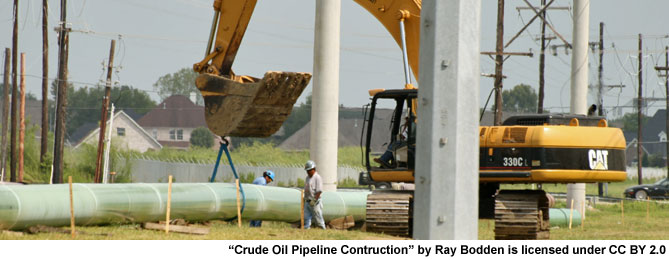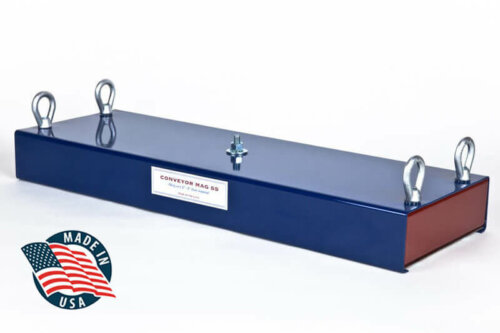
Peanuts aren’t just delicious, they also contribute more than $4 billion to the U.S. economy annually. But did you know, industrial magnets play a vital role in the production of America’s #1 snack nut.
It takes about 540 peanuts to make a jar of peanut butter. But before the nuts can be ground up and jarred, they have to be harvested, dried, cleaned and shelled? Typically, just prior to the shelling process, the nuts are sized, and foreign material is removed from the production line with a series of screens, blowers and belt magnets.
Once the nuts have been screened, they are sized and then the hulls are removed. The nuts are then roasted and blanched. For peanut butter, the nuts are dry-blanched at a temperature of 280 degrees Fahrenheit. Then any remaining skin is brushed off the dried nuts.
Then the nuts can be ground down into peanut butter. Watch the Journey of a Jar of Peanut Butter:
More fun facts about peanuts:
– Skippy peanut butter uses only peanuts harvested in the U.S.?
– There are enough peanuts in one acre to make 30,000 peanut butter sandwiches
– Delta Airlines purchased 69.6 million packs of peanuts for its passengers in 2013
– Americans spend almost $800 million on peanut butter a year
– The average child will eat 1,500 peanut butter and jelly sandwiches before he/she graduates high school.
Mark your calendars: April 2 is National Peanut Butter and Jelly Day.







